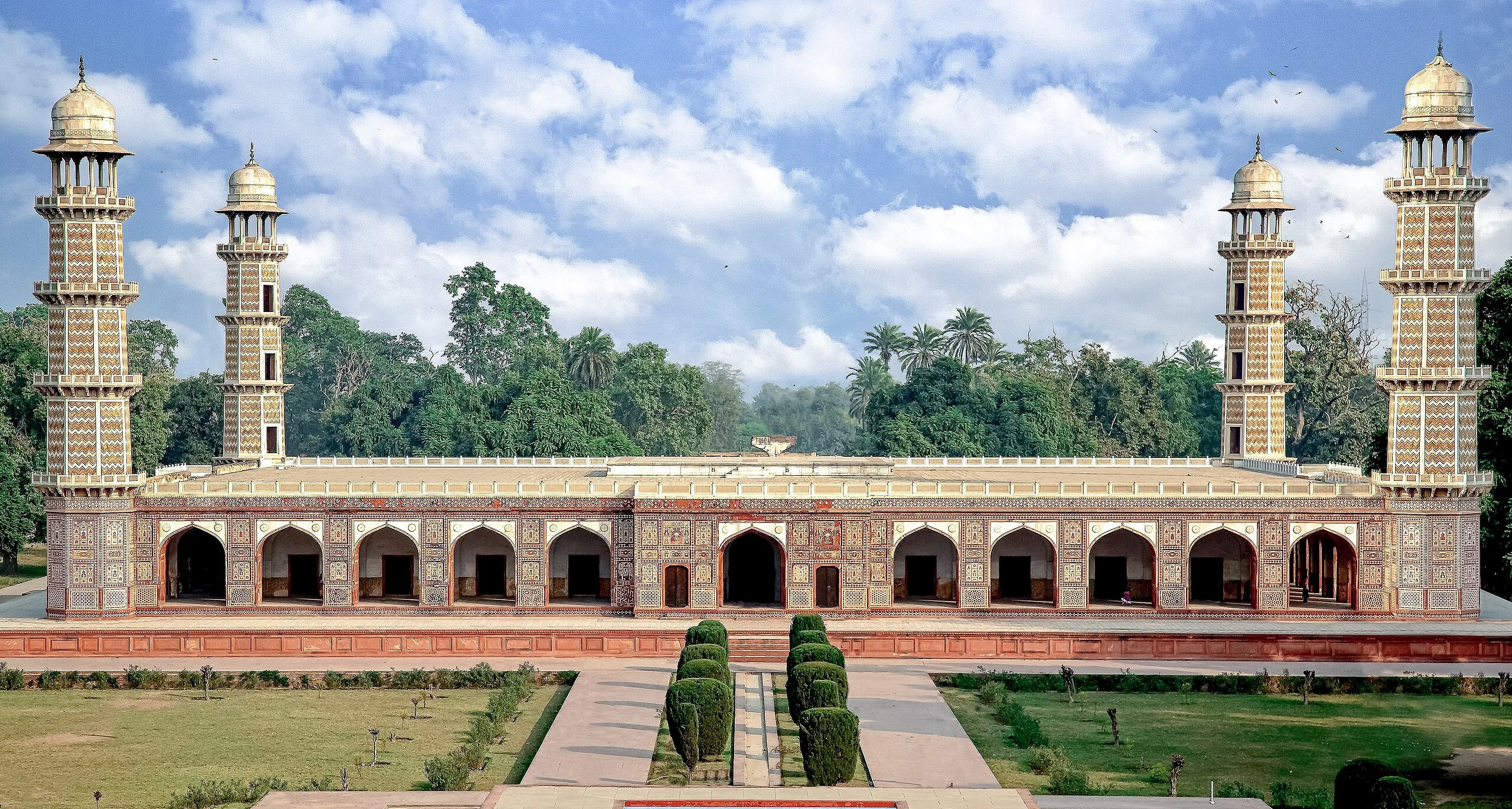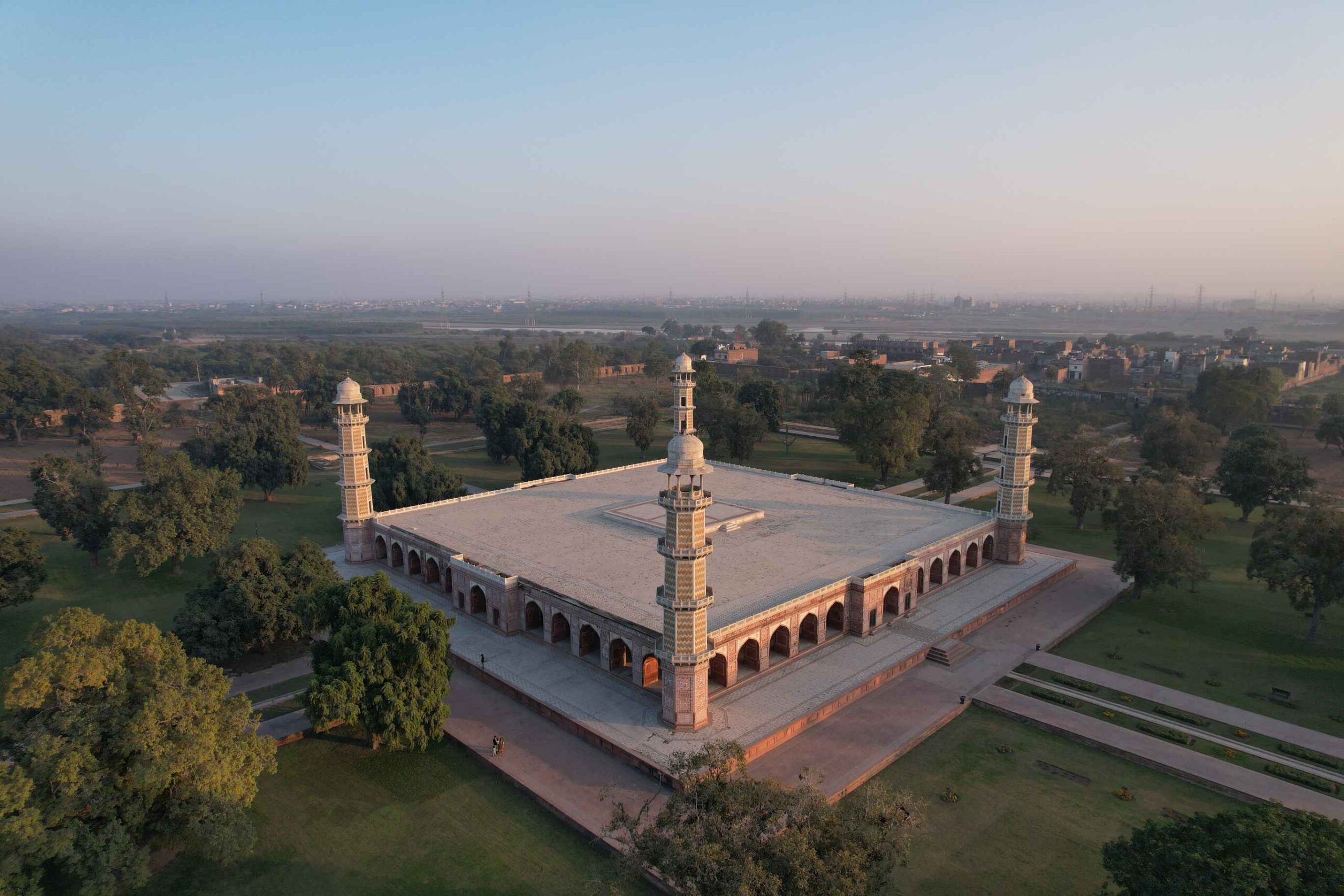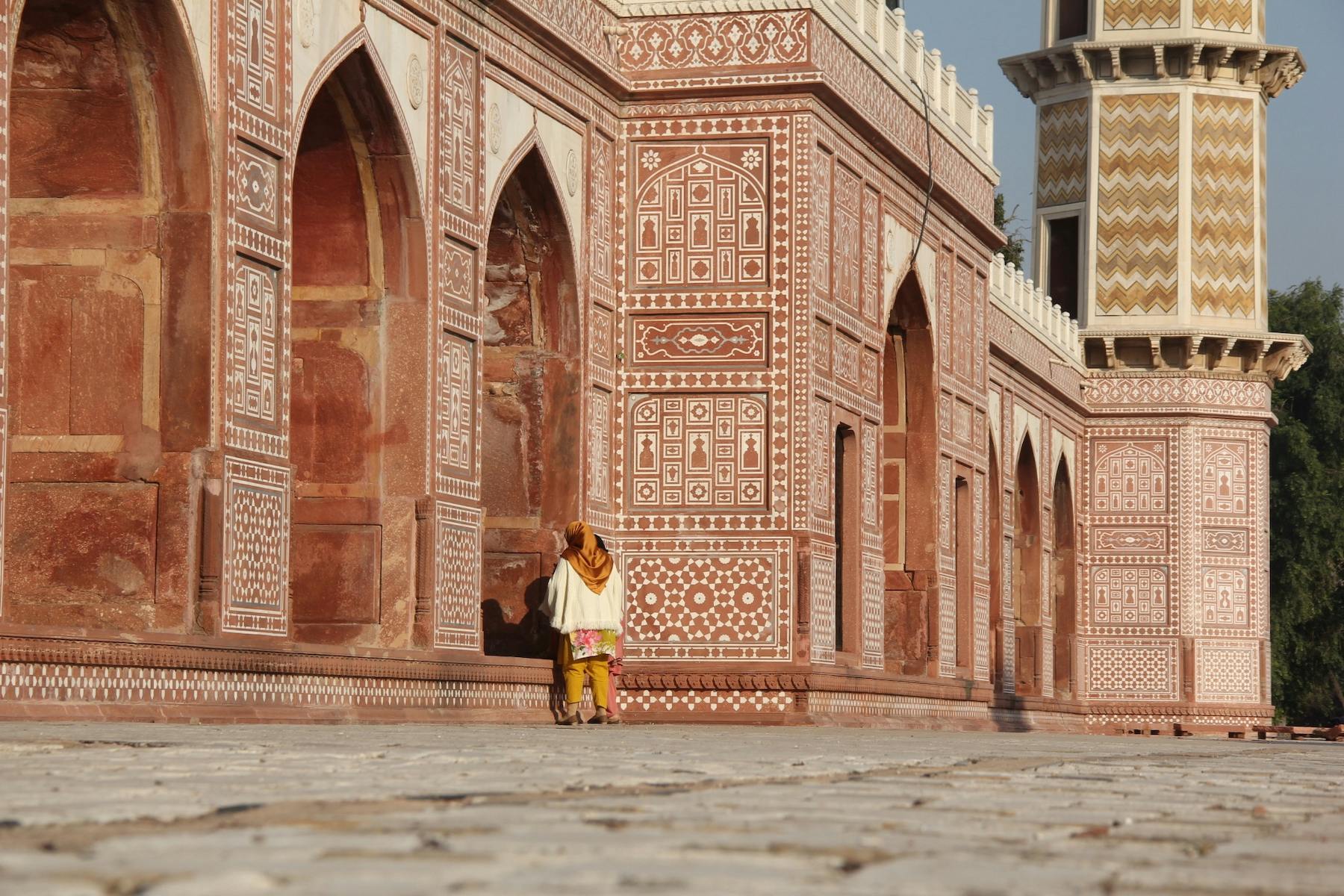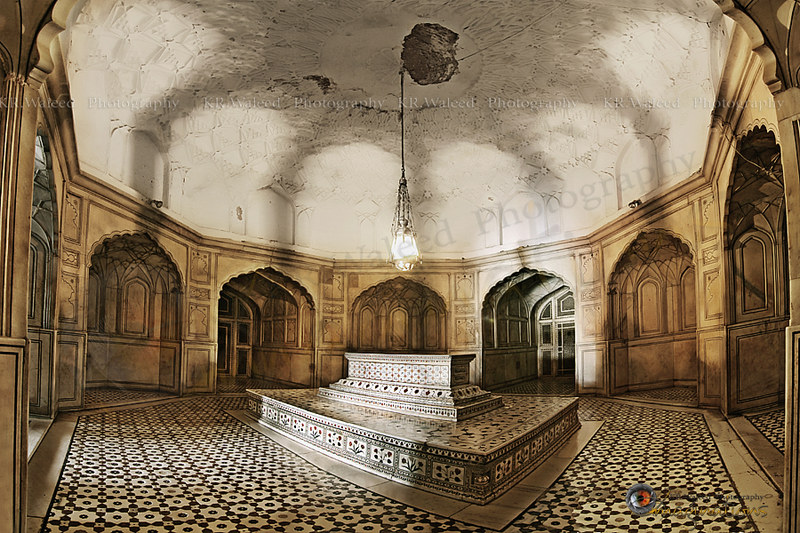Tomb of Jahangir

Introduction
The Tomb of Jahangir is a grand mausoleum located in Shahdara Bagh, Lahore, Pakistan. It is the final resting place of Mughal Emperor Jahangir, who ruled from 1605 to 1627. The tomb is one of the most significant Mughal architectural masterpieces in Pakistan.
Historical Background
Constructed in 1637 by Jahangir’s son, Emperor Shah Jahan, the tomb reflects the architectural elegance of the Mughal era. It was built in a garden complex previously favored by Jahangir and his wife, Nur Jahan.
Architecture and Features
- Structure: The tomb is built with red sandstone and marble, featuring intricate pietra dura inlays, floral motifs, and geometric patterns.
- Layout: It is part of a larger complex that includes Akbari Sarai and the Tomb of Asif Khan, laid out in the classical Charbagh (four-garden) style.
- Interior: The cenotaph of Jahangir lies in the center of the chamber with Quranic inscriptions and fine marble craftsmanship.
Cultural Significance
The tomb represents the zenith of Mughal funerary architecture in Pakistan. It reflects the artistic achievements and cultural heritage of the Mughal Empire and is a major tourist attraction in Lahore.
Preservation Efforts
Managed by the Department of Archaeology, the site has undergone multiple conservation initiatives to maintain its structural and artistic integrity for future generations.
Quick Facts
- Built: 1637 CE
- Location: Shahdara Bagh, Lahore, Pakistan
- Commissioned by: Emperor Shah Jahan
- Architectural Style: Mughal, Charbagh garden layout
- Material: Red sandstone and marble
Image Gallery




Tomb of Jahangir
Location: Lahore, Punjab, Pakistan
This magnificent Mughal-era mausoleum is the final resting place of Emperor Jahangir and showcases classical garden-tomb architecture.
Learn more